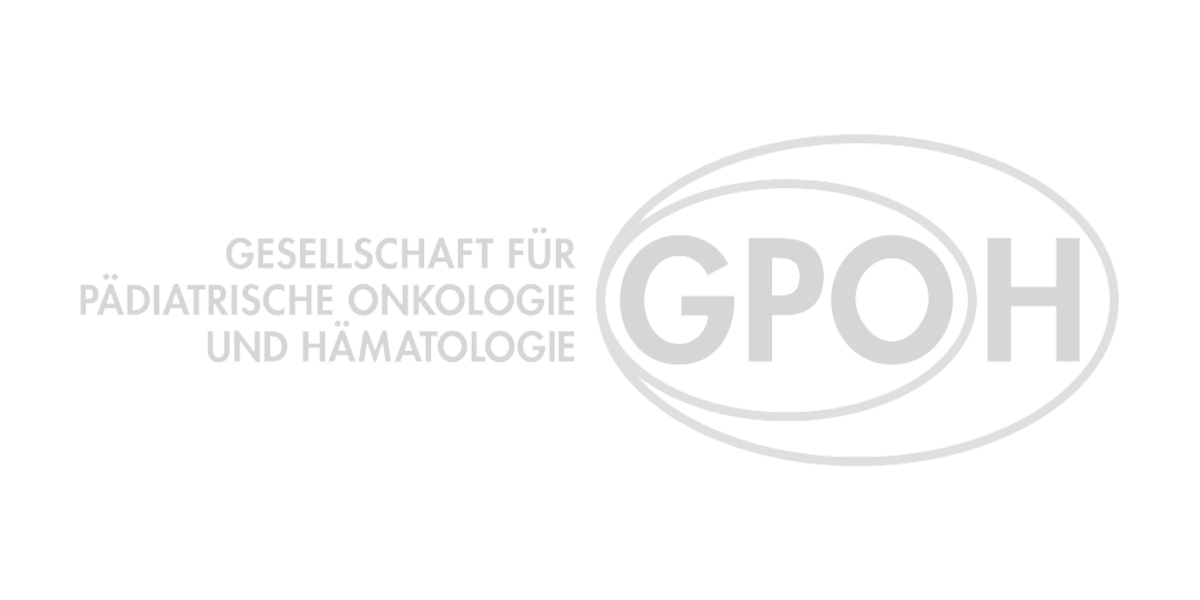Nijmegen Breakage Syndrome – Definition
Nijmegen breakage syndrome (OMIM #251260) is a rare hereditary disease associated with an increased risk of cancer. It is caused by a defect in the DNA double strand break repair mechanism and increased chromosome breakage. Symptoms are striking facies due to microcephaly and retrognathia, immunodeficiency, and an increased susceptibility to infections. The most commonly associated tumors are malignant lymphomas.
Synonyms:
NBS, OMIN #251260
Gene:
NBN
Gene products:
Nibrin
Function:
Part of the MRE11/RAD50 double strand break repair complex
Pattern of inheritance:
Autosomal recessive
Prevalence:
1:100.000 worldwide, more common in the Slavic population of Eastern Europe
Genotype-phenotype correlation
The most commonly detected pathogenic variant in Eastern Europe is c.657_661del5 as well as the other most commonly identified loss of function mutations give rise to conventional disease presentations.
Penetrance:
Unknown
Nijmegen Breakage Syndrome – Diagnosis
Indicative Findings
Immunodeficiency
- Reduced B-, CD3+, and CD4+ cells (80-89%)
- Distinct hypogammaglobulinemia (approximately 20%)
- IgA deficiency (approximately 50%)
- IgG2 and IgG4 deficiency (in conjunction with normal serum IgG levels)
- Increase in CD45RO+ memory T cells with a simultaneous reduction in naive CD45RA+ T cells (rare)
- Stimulation of B and T cell proliferation reduced in vitro
Chromosome Instability
- Structural aberrations in chromosomes 7 and 14 (as in A-T)
- Frequent breakpoints 7p13, 7q35, 14q11, and 14q32 (loci for immunoglobulins and T-cell receptor genes)
Sensitivity to Radiation
- Increased sensitivity to ionizing radiation (as in A-T)
Diagnosis
Typical clinical symptoms combined with a molecular-genetically proven biallelic/homozygous, pathogenic variant in the NBN gene and/or an absence of nibrin in the immunoblot.
- Analysis of the NBN gene
- Specific analysis of the c.657_661del5 pathogenic variant (evident in around 100% of individuals of Slavic descent (Poland, Czech Republic, Ukraine) and approximately 70% of individuals of North American descent)
- NBN sequence analysis is recommended in cases where a homozygous mutation was not identified.
- Multiple-gene panel
Differential Diagnoses
- Fanconi anemia
- Ataxia-telangiectasia
- Nijmegen breakage syndrome-like disorder (RAD50 deficiency)
- Rubinstein-Taybi syndrome
- Seckel syndrome
- LIG4 syndrome
- NHEJ1 syndrome
- Short stature, microcephaly, and endocrine dysfunction syndrome
Clinical Presentation
Clinical Presentation
- Progressive microcephaly
- Intrauterine growth restriction
- Dwarfism
- Microgenia/retrognathia (resulting in bird-like facies)
- Immunodeficiency
- Recurring pulmonary infections (pneumonia, bronchitis, sinusitis, otitis)
- Premature ovarian failure
- Timely achievement of developmental milestones in the first year of life, with mildly to moderately low intelligence after 7 years of age.
- Pigmentation disorders of the skin
Cancer Predisposition
- 40% incidence of tumors prior to 20 years of age
Entities
- T-cell lymphomas (55%)
- B-cell lymphomas (45%)
- Medulloblastomas
- Gliomas
- Rhabdomyosarcomas
Heterozygous carriers (e.g., parents) have an increased risk of developing mammary and prostate carcinomas; genetic testing is definitely called for after the pathogenic variant has been identified.
Special Features of Treatment
- Avoid exposure to ionizing radiation (X-ray, CT) whenever possible
- Reduction/omission of radiation exposure, if possible
- Vitamin E and folic acid supplementation (in cases of chromosomal instability)
- Intravenous immunoglobulins when there is severe immunodeficiency and a susceptibility to infections
- Standard chemotherapy for lymphomas (individually adapted to the tolerance)
- Consider a bone marrow transplant during the first remission
- Hormone replacement therapy for women with hypergonadotropic hypogonadism
- Breast self-examination for affected women
Diagnosis of Nijmegen Breakage Syndrome- What's Next?
Once diagnosed, it is recommended that a cancer predisposition specialist manage the patient. The following section explains whether cancer screening tests or other measures are necessary and how they should be performed. Some additional information, including links to support groups, is also included at the end of this page.
Diagnosis of Nijmegen Breakage Syndrome - What's Next?
Once diagnosed, it is recommended that a cancer predisposition specialist manage the patient. The following section explains whether cancer screening tests or other measures are necessary and how they should be performed. Some additional information, including links to support groups, is also included at the end of this page.
Surveillance Recommendations
Hemato-Oncology
- Attention to tumour-related symptoms from the time of diagnosis
- Good sun protection and avoidance of ionising radiation
- HPV vaccination
- Full physical examination every year after diagnosis
- NO blood tests as part of cancer screening
Immunology
- Immunological monitoring and appropriate therapies according to clinical needs and immunological recommendations
Pulmonology
- Basic examination at diagnosis, pulmonological function tests according to clinical need, aggressive antibiotic therapy according to antibiogram
Gastroenterology/Nutrition
- Basic examination at diagnosis, swallowing tests if necessary, nutritional supplementation
Endocrinology
- Growth documentation (size, weight, head circumference), ovarian function testing for women
Neurology
- Developmental testing and early support as needed
Orthopaedics
- Basic examination and if required








